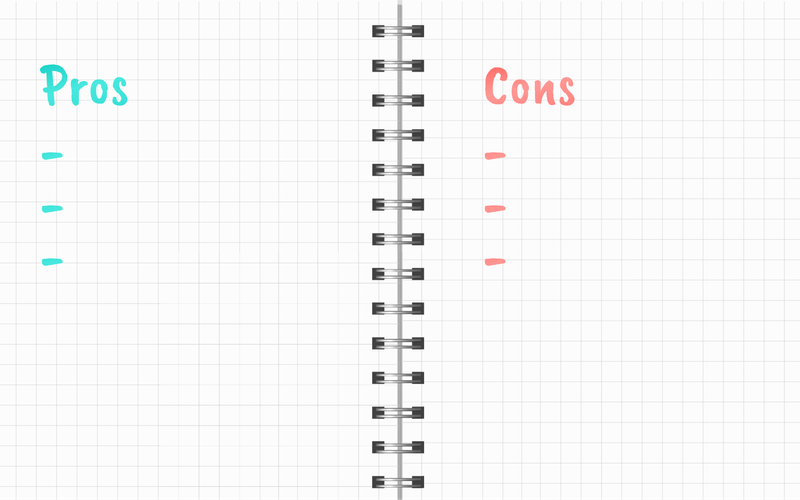Fractional real estate can open investment doors. With a lower cost of entry, anyone can diversify their portfolio with single family residential, commercial, or even vacation homes.
However, like with any investment, there are pros and cons to consider.
What is fractional ownership?
Fractional real estate investing allows multiple investors to pool their resources and collectively invest in real estate properties. Instead of one individual owning an entire property, fractional investing enables investors to own a fraction or a share of the property, earning dividends and participating in appreciation at a lower risk.
Fractional investing with platforms like Arrived lowers the barriers to entry. With Arrived, you can invest starting with $100.
How it works
Here’s how fractional real estate investing typically works:
- Platform: Acts as the facilitator for the fractional investing process. They identify suitable real estate properties, conduct due diligence, and manage the investment on behalf of the fractional investors.
- Property selection: The platform identifies and selects properties that meet certain investment criteria. These properties can vary from residential apartments to commercial buildings, hotels, or even large-scale real estate projects.
- Division of ownership: The property’s value is divided into smaller units or shares, and investors can purchase one or multiple shares according to their budget and investment goals.
- Collective investment: Once enough investors have purchased shares, the total capital collected is used to acquire the property. Each investor becomes a partial owner of the property proportional to the number of shares they hold. As a result, they also share in the property’s financial performance.
- Passive Income and Returns: As the property generates rental income or capital gains from appreciation, the returns are distributed among the investors based on their ownership percentage.
- Liquidity: One of the potential challenges of fractional real estate investing is liquidity. Although some platforms may offer secondary markets where investors can sell their shares to other interested parties, it might not always be easy to find buyers immediately. Therefore, investors should generally be prepared for a longer-term investment horizon.
The pros and cons of fractional ownership
Fractional real estate comes with pros as well as challenges to keep in mind.
The pros of fractional ownership
Lower barrier to entry
With multiple owners sharing both the costs and the profit, investors can access properties that would usually be out of their reach alone.
Passive income
When you buy a stake in a property as a fractional owner, not only can you build wealth as the value of your property appreciates, but you can also make money from tenants with rented property.
Professional management
Landlords deal with leasing, tenant issues, and maintenance costs. Fractional real estate investors benefit from professional managed properties. They typically handle:
- The selection, purchase, and renovation of the home
- Marketing the property and finding renters
- Holiday bookings, if this is a vacation property
- Signing contracts, filing taxes, and day-to-day administrative duties
Flexibility
Since you don’t have to worry about being a landlord, you can invest in fractional ownership properties not just in your local area, but anywhere in the country, enabling you to capitalize on deals in fast-growing markets that may not be at your doorstep.
Share the cost of upkeep and taxes
With shared ownership, the expenses and responsibilities are also shared between the co-owners of the property. These can include taxes, HOA fees, the cost of repairs, and landscaping.
Easier to diversify
Since all your money isn’t tied up in a single investment, you can spread it out among different types of real estate, locations, grades, and even neighborhoods in the same city. Diversification is one of the best ways to reduce the risk of real estate market fluctuations.
The cons of fractional ownership
Fractional ownership grants you less control
With full ownership of a property, you have a total say in all the decisions to do with a property. With fractional ownership, the investment platform, property managers, and even other owners can all have a share in the decision making.
Management is generally costlier
Because it’s easier to have a real estate management company take care of the details than multiple owners, there will be additional costs to bear. This means management fees are generally higher than you’d have if you had full property ownership. This is especially true for short-term vacation rentals, where the costs for cleaning and upkeep can add up.
Easily invest in real estate
Fractional real estate investing offers several advantages, including diversification of investments across multiple properties, reduced exposure to risk, and access to real estate opportunities that would otherwise be beyond an individual’s financial means. However, potential investors should thoroughly research the platform and the properties offered, consider the associated fees and costs, and be aware of the risks involved before committing to any investment. As with any investment, it’s essential to have a clear understanding of your financial goals and risk tolerance.
The opinions expressed in this article are for general informational purposes only and are not intended to provide specific advice or recommendations for any individual or on any specific security or investment product. The views reflected in the commentary are subject to change at any time without notice. View Arrived’s disclaimers.







